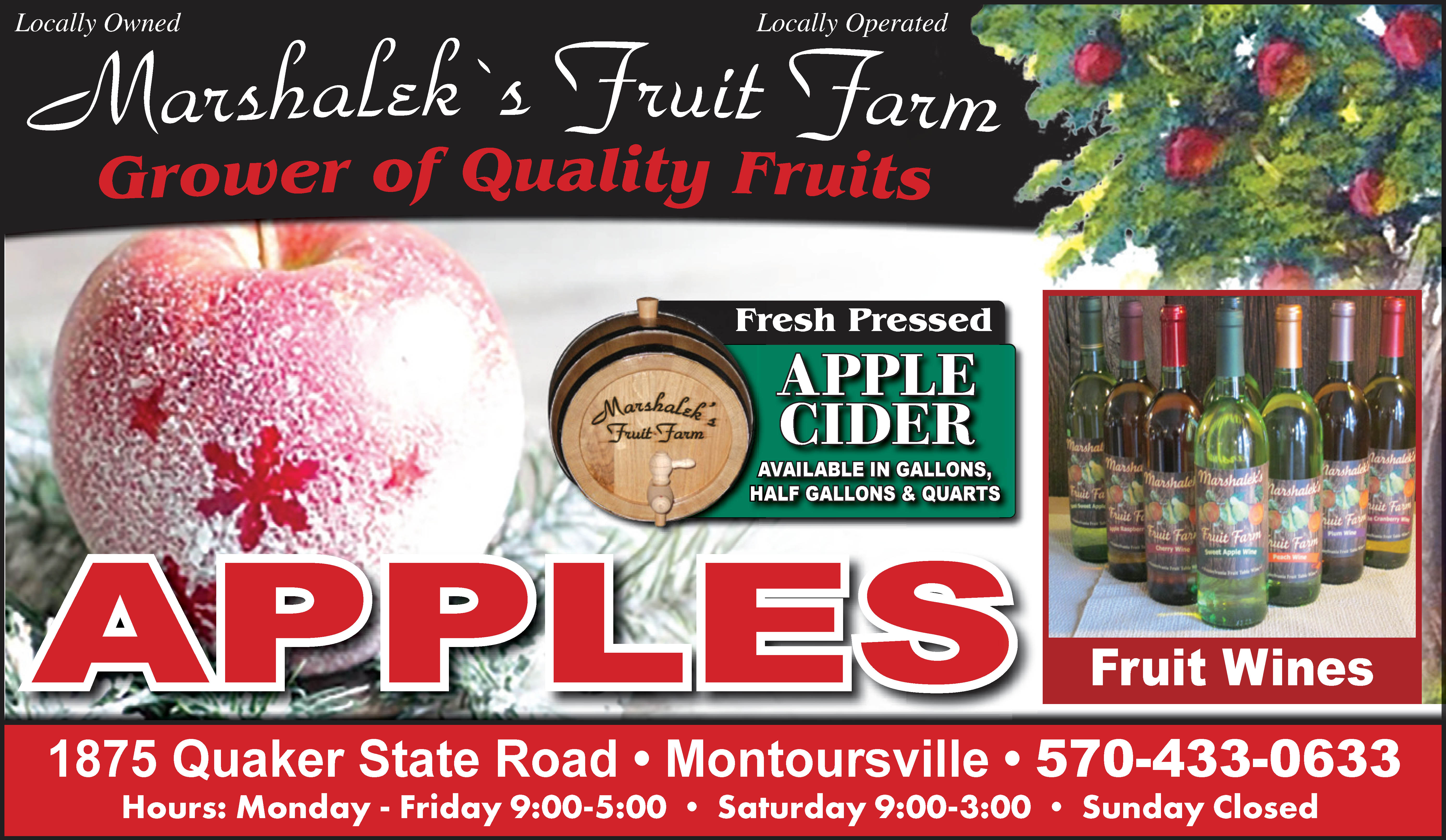It is that time of year that bow hunters have been daydreaming of and planning for all summer. Cool, crisp temperatures continue throughout the day, splashes of fall colors begin to appear in the hardwood forests, acorns are dropping, and soon, farmers will be harvesting field corn — all great indicators that the archery deer season is finally upon us! Most seasoned bow hunters have been monitoring their trail cameras for weeks in hopes of locating and patterning a buck they think worthy of spending time in a tree stand or ground blind, waiting for the chance to bring home a trophy worthy of taking to the taxidermist.
If you don’t have a property of your own to hunt, focus your attention on food sources. All game animals need cover, water, and food, with food being the most critical of the three. Deer may have their favorite bedding areas but often will bed down in the middle of a field through the night where they have a clear view of approaching predators. There are plenty of streams, ponds, or seeps in a deer’s home territory that provide water, so, again, it is food that is the most important need. With the cold winter months just around the corner, deer are actively seeking a variety of food to put on that critical layer of fat that will help see them through the winter season.
The acorns of the white oak, red oak, and chestnut oaks are starting to drop, and while the white oak acorn is the preferred acorn for deer, all of them are a prime food source to add to their fat supply. For the last few years, many of our oak trees have been under attack from the gypsy moth caterpillars. As a result, when you do come across a location where there are productive oak trees, try to find some well-used deer trails and make a stand downwind from the trail.
The nut of the beech tree is another desirable food for deer, but the beech trees have been stressed for years by a beech bark disease, and the result is that they are not as productive as they were years ago. Nonetheless, when they do have a good crop year, a grove of beech trees is a great place to find deer.
Until the area farmers pick their field corn, standing fields of corn are an excellent place to set a nearby stand. It is usually pretty easy to identify deer trails from their bedding areas to the nearby corn fields. With the damage a number of deer can do to a standing field of corn, often farmers will welcome bow hunters to help reduce the deer population!
If you can find an old apple tree or several trees, you are really in luck! Deer love apples, and they are dropping now. I’ve watched deer standing a safe distance away from an apple tree, just waiting to see or hear an apple drop and then come running in to eat it before another deer tries to! They love them, so they seek old apple trees or perhaps hunt on the outskirts of an apple orchard. There are some spots within some of our nearby State Game Lands where you will find old, abandoned apple trees.
Once you have zeroed in on a viable food source, locate the most well-used deer trail leading into it. Set up your stand along the trail some distance from the food source since deer will often stop short of the food and watch for a while to ensure it is safe for them to continue down the path.
If your time is limited and you are unable to spend the entire day in the woods, concentrate your time in the early morning hours along a trail that leads from a feeding area to a bedding area. Late afternoon until dark is the preferred timeframe for many bow hunters hoping to intercept a deer traveling from their bedding area to the food source. But in all hunting, sometimes things happen when you least expect them to. There is always a chance that another hunter may just bump into a deer on his way into or out of the woods and send that deer in your direction.
Stay alert, be safe, and Good Luck!



